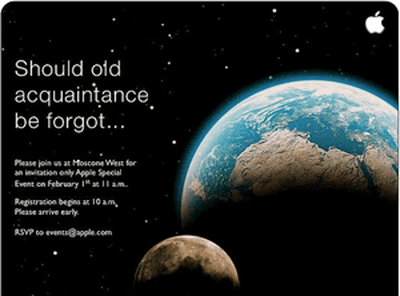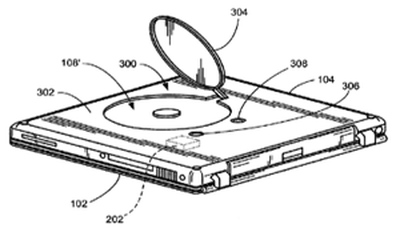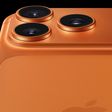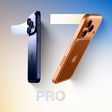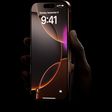NY Times reports on an advance from Intel which is said to represent "the most significant change in the materials used to manufacture silicon chips since Intel pioneered the modern integrated-circuit transistor more than four decades ago."
Intel is moving towards the 45nm manufacturing process and demoed (CNet) 45-nm Penryn chips during a press briefing. The Penryn chips are said to be available "before the end of the year."
Penryn is essentially a shrink of the Core 2 Duo chips, with a few extras like the SSE4 instructions. It's being introduced along with the new manufacturing technology, the "tick" of Intel's plans. Then next year, when the 45-nanometer manufacturing technology is mature, Intel will introduce a new chip microarchitecture code-named Nehalem--the "tock"--with more significant changes to the chip design.
The advances in the manufacturing process include the use of new insulators and new metallic alloy materials in transistor components. Current Intel chips utilize a 65-nm manufacturing process. As always, the move to the smaller processes tends to improve performance and decrease power consumption.
According to this article, the Penryn family of chips will deliver new laptop dual-core microprocessors, a desktop dual-core and a quad-core, and server dual and quad-core processors.
Apple will, of course, benefit from these new processors when they are released, and Intel has stated that the current prototypes are already booting Mac OS X -- indicating that Apple is already involved in early testing.
More technical details: TGDaily and AnandTech




